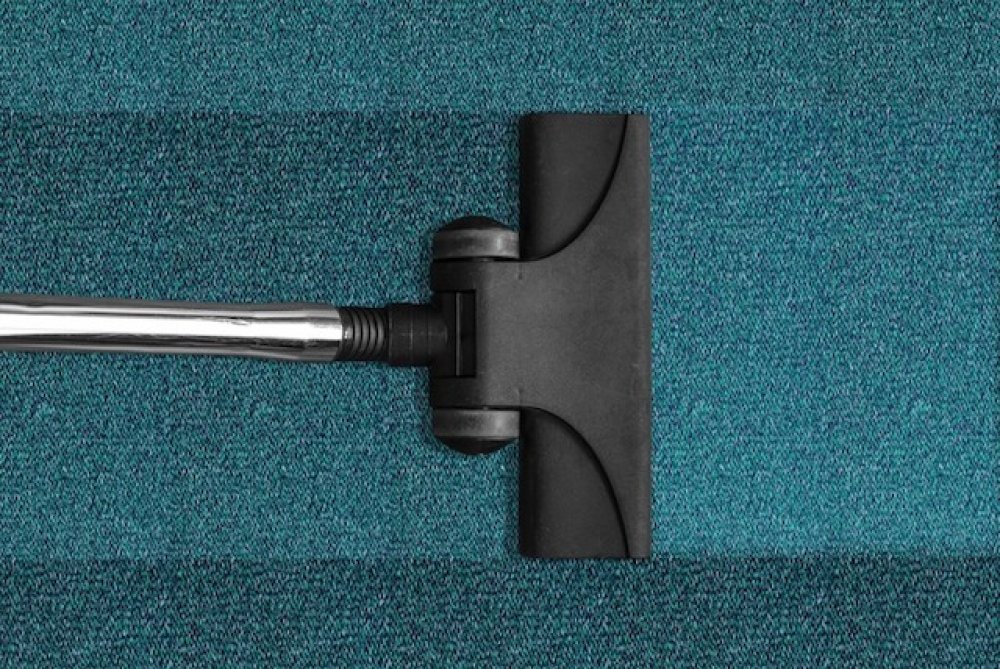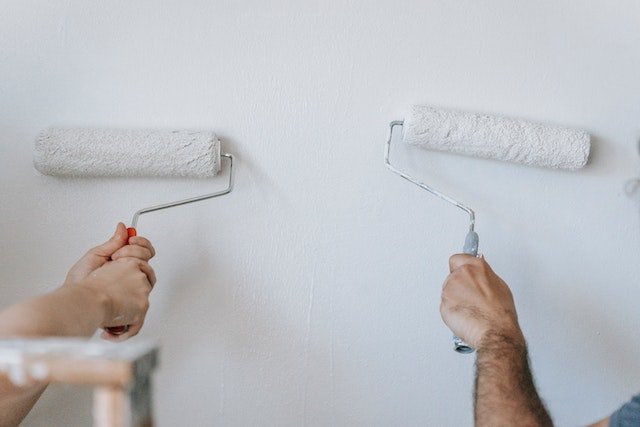Key Takeaways
- Understand the Difference – Normal wear and tear is the expected aging of a property from daily use, while damage results from negligence, misuse, or accidents. Distinguishing the two is essential for fair deposit handling and property upkeep.
- Documentation Prevents Disputes – Conducting thorough move-in and move-out inspections, supported by photos and clear records, helps landlords fairly assess property condition, minimize conflicts, and maintain positive tenant relationships.
- Professional Support Adds Value – Partnering with a property management company can simplify assessments, ensure compliance with local laws, streamline maintenance, and reduce costly disputes, ultimately protecting both the property and landlord’s bottom line.
When someone mentions “normal wear and tear,” what does that truly mean? Understanding the difference between it and excessive damage ensures you maintain your property’s longevity and avoid disputes over security deposits. In this article, we at Kokopelli Real Estate and Property Management will breakdown the differences between wear and tear and property damage!
Defining Wear and Tear
Every rental property experiences deterioration simply from being lived in. Carpets fade or compress, paint becomes faded in high-traffic areas, and faucets lose some of their shine. These are not signs of tenant misuse, but rather natural consequences of regular use. For a landlord, it’s important to acknowledge that some things will age and require upkeep.

On the other hand, damage is not inevitable. It includes broken windows, stained carpets, holes punched into walls, or appliances rendered unusable due to misuse. These are not the renter’s everyday effects but usually result from mishandling, accidents, or negligence. When damage occurs, it’s reasonable to address it through repair costs or deducting from the security deposit if local laws allow.
Why Clarity Matters
Misunderstanding what qualifies as normal wear and tear can lead to unhappy tenants and wasted legal costs. If a landlord wrongfully charges a departing renter for an issue that is truly part of expected aging, the tenant may push back, delaying property turnover and increasing frustration on both sides. Conversely, ignoring tenant-caused damage can impact your bottom line over time as small issues accumulate.
Clear expectations at move-in and move-out inspections, along with photographic documentation, can greatly reduce disputes. Photos of each room, noting existing condition and preexisting blemishes, establish a baseline. Then, a thorough walk-through when the tenant leaves helps distinguish what has changed through natural use and what requires repair due to damage.
Common Examples of Normal Wear and Tear
The effects of everyday use manifest differently across the property.

Here are some examples of expected wear and tear:
- Carpets and flooring may gradually show fiber collapse or fading in areas like hallway runners, under couches, or beside beds.
- Wall paint may scuff lightly, especially in high-use zones such as near door handles or behind furniture.
- Kitchen appliances accumulate minor scratches or finish wear over time.
- Minor loosening of door hinges or kitchen cabinet handles.
- Taps and plumbing might develop subtle mineral buildup or finish dulling.
Examples That Cross the Line into Damage
Damage involves clear deviation from expected aging. Excessive property damage can be:
- Large gouges, holes, or deep scratches made intentionally or through carelessness.
- Broken fixtures like shattered glass windows or cracked porcelain sinks.
- Deep stains on carpets or painted surfaces caused by spills that were not cleaned promptly.
- Burn marks, mold from negligence, or pet destruction like scratched doors or chewed surfaces.
- Blocked drains from foreign object misuse.
Step-by-Step Approach to Minimize Conflicts
The most effective strategy for landlords incorporates a consistent move-in and move-out process. Perform a detailed inspection with the tenant at move-in. Walk every room, record conditions and any blemishes, and have both parties acknowledge them. Take photos from multiple angles, naming and dating them clearly. These visuals can be invaluable in disputes.

At move-out, repeat the process. Compare conditions side by side with the move-in state, and note deterioration versus damage. Provide tenants with an itemized breakdown of deposit deductions, especially if deductions are being taken beyond accepted norms. Explain that some repairs are covered by the landlord while others are the tenant’s responsibility.
Legal Context and Lease Clarity
Some regions offer legal definitions of wear and tear, while others leave interpretation open. Your lease agreement should ideally clarify what adjustments or compensation you expect from tenant-caused damage, without making assumptions.
Include a section in your rental agreement stating that normal use over time is expected and accepted and that tenants will only be charged for damage beyond that, as identified during move-out inspections.
Partnering with a Professional Property Management Company
Teaming up with a professional property management company can offer distinct advantages like:
Fair Assessments
Professional managers bring experience. They know the local legal requirements, understand subtle signs of wear versus damage, and are adept at inspecting move-in and move-out conditions objectively. Their knowledge reduces missteps and costly disputes.
Local Laws and Regulations
Property managers remain informed on local landlord-tenant laws, including what constitutes normal wear and tear in your Colorado neighborhood, and are positioned to advise you accordingly. This reduces legal risk and ensures compliance.
Transparent Communication with Tenants
Professionals know how to guide tenants through expectations and deposit procedures effectively and diplomatically.

When documentation is thorough, tenants trust the process and feel less defensive about deductions for legitimate damage.
Consistency and Documentation
A management company typically follows structured processes, including standardized checklists, photo protocols, and record-keeping systems. These help ensure each tenant receives fair treatment, and the property maintains a consistent condition.
Efficient Turnaround and Maintenance Coordination
When damage occurs, a management company can quickly arrange repairs at fair rates, keep vendors accountable, and schedule maintenance in a timely fashion. This efficiency minimizes vacancy periods and supports tenant satisfaction.
Financial Recordkeeping and Deposit Handling
Professional managers handle security deposit accounts, provide detailed statements of deductions, and release funds in compliance with local regulations. This transparency makes audits and potential legal challenges much easier to handle.
Bottom Line
Distinguishing normal wear and tear from actionable damage is essential for every rental property owner. Embrace the natural decline that comes with occupancy and plan accordingly in your maintenance budget and documentation practices.
By understanding “normal wear and tear,” applying thorough documentation, and possibly leveraging professional support, you’ll protect your rental investment and foster positive tenant relationships. If you need help, don’t hesitate to contact Kokopelli Real Estate.

